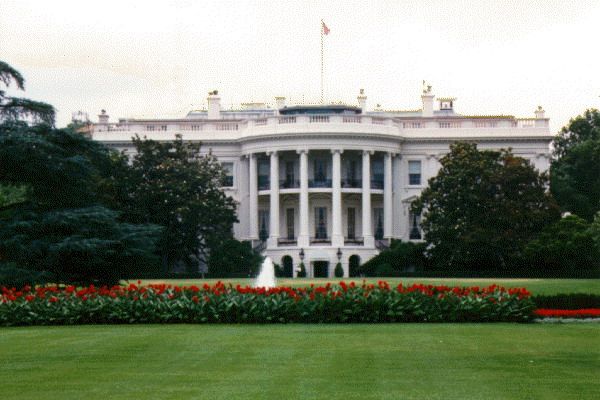Yesterday, the Environmental Protection Agency refused the request of the state of California to set its own automotive CO2 emissions standards. The Administration explained the decision, saying that allowing states to set their own C02 standards was not necessary in light of the effect on CO2 levels which would inevitably flow from the new, higher fuel mileage standards just adopted by Congress.
California’s Governor – the former H1 driver Arnold Schwarzenegger – has said that the state will sue the EPA if the permission is granted. Under the law, setting CO2 standards is the exclusive domain of the federal government, but the EPA has the authority to grant exemptions to states, which would then allow the state to adopt its own standards. Once granted, any other state may adopt a statute that clones the exemption.
Six other states have adopted standards similar to those which California wished to implement. The action by the EPA nullifies all of those standards, before they could even take effect.
The move suggests that there was a deal on the energy legislation, one that was very much behind-closed-doors.
A uniform national standard on C02 regulation had been a target for the auto industry, and it had been one of the three items which the Administration said it would insist upon in the final bill – and veto the bill if it didn’t get it. The other two were tax increases and renewable energy mandates. The administration got those two, but the final bill was silent on C02.
Because the only way to reduce C02 emissions is to reduce fuel consumption, regulating CO2 is effectively setting fuel economy standards. The law is clear that only the feds get to do that. But, the Supreme Court made matters complex when it held last year, despite the fact that people exhale it, that CO2 is a pollutant which the EPA must regulate.
Were the EPA to have granted the exemption to California, car makers would have been faced with the possibility of two different sets of fuel economy standards within the United States, and the risk would have existed of other states asking for other standards. Though the concept seems unworkable on its face, it had built up considerable political support. Though not part of the actual bill, part of the process of passing the legislation included floor statements by several senators indicating that the intent of Congress was to preclude states from regulation of automotive CO2 emissions.
It now seems possible that a deal was cut between carmakers, Congressional leaders, and the Administration - one in which the carmakers caved-in on the opposition to the 35 mpg standard, in exchange for certain concessions on how the average fuel economy was to be determined and in exchange for the administration’s promise to reject the California exemption. The EPA had been sitting on that request for about two years.
If so, carmakers may have done better in the energy bill than they’ve been getting credit for doing. And the future may look just a little bit brighter for people who like cars.
Though most public attention has been focused on the mileage standards in the energy bill, the much bigger threat to the industry was the possibility that California would be given the power to set, in effect, national fuel economy standards. The cost of building different cars for different states would have been prohibitive, both for domestic and import automakers, so it is likely that the entire country would have been forced to take what California required.
So, carmakers are saved that hit. The leaders of Congress, both liberal Democrats, have allowed a ban on state-set CO2 levels to get through, albeit without having to take the political heat for doing it. In the meantime, the states’ chances of success in any suit against the EPA aimed at getting the EPA decision overturned now seem very remote.

